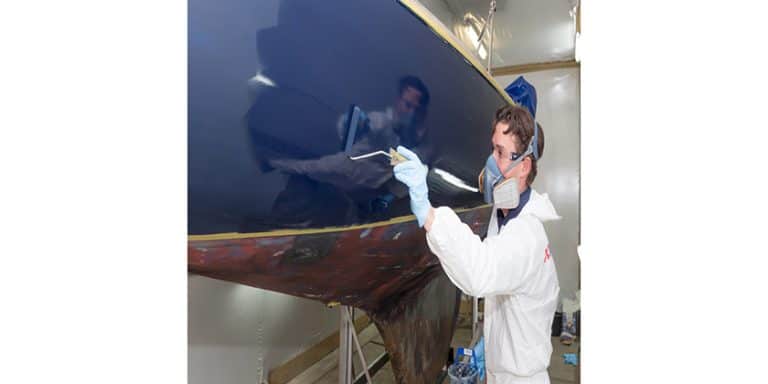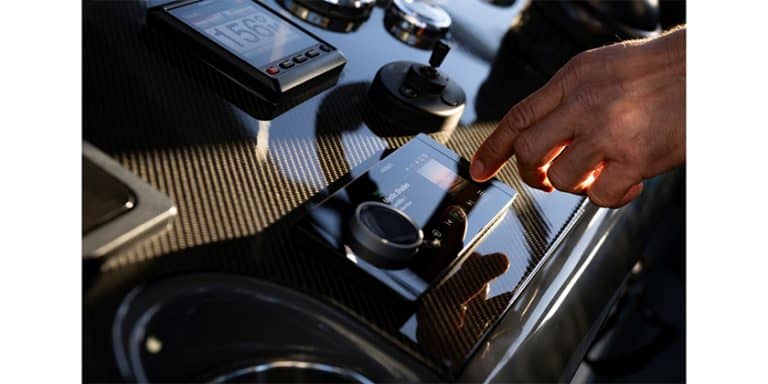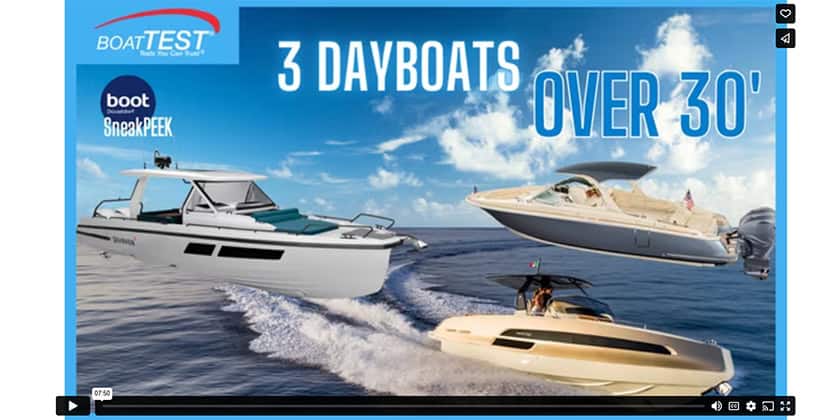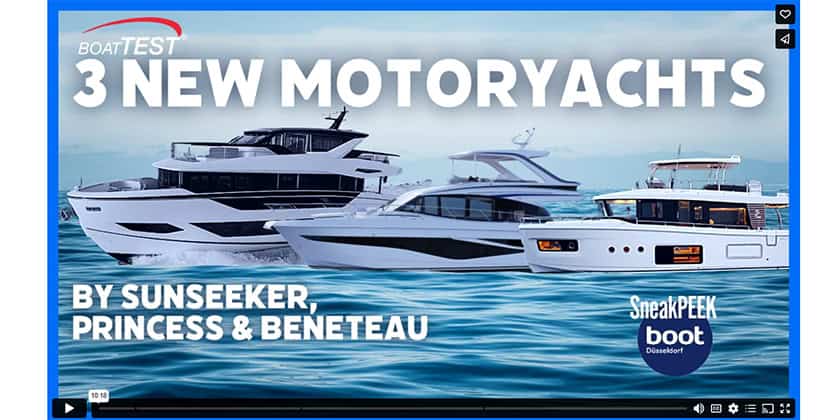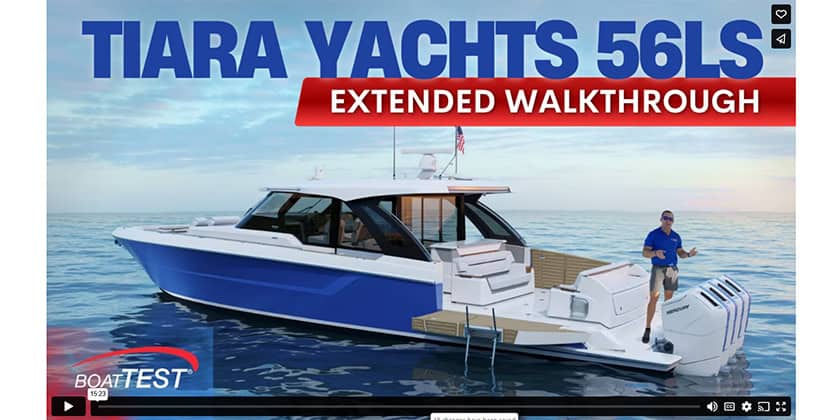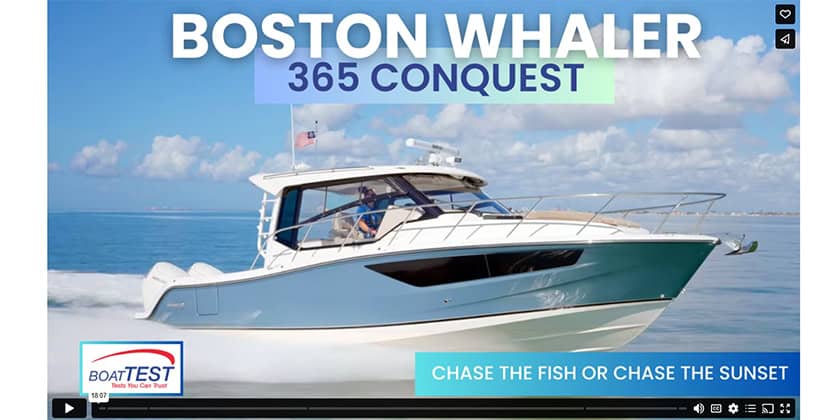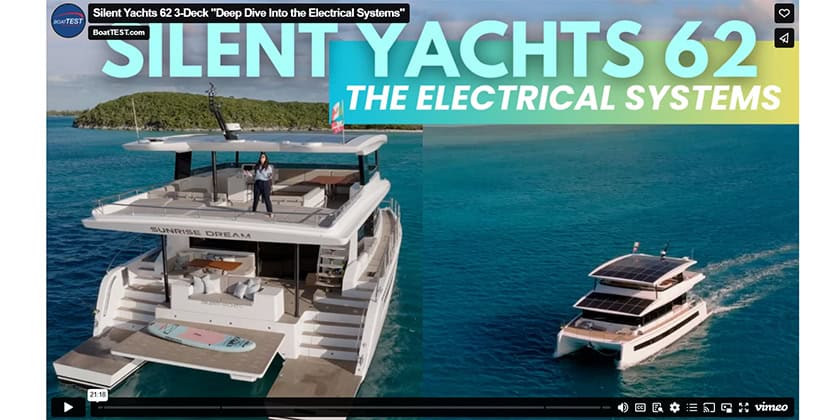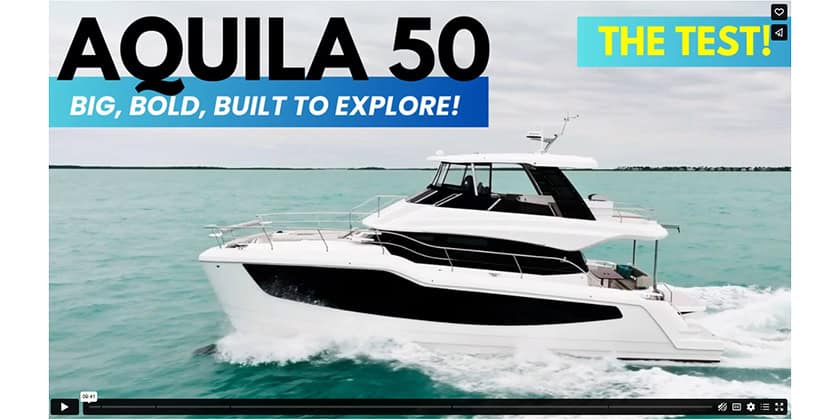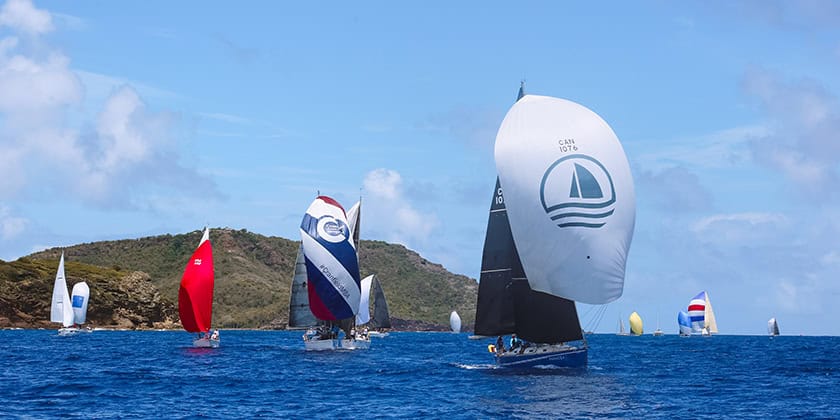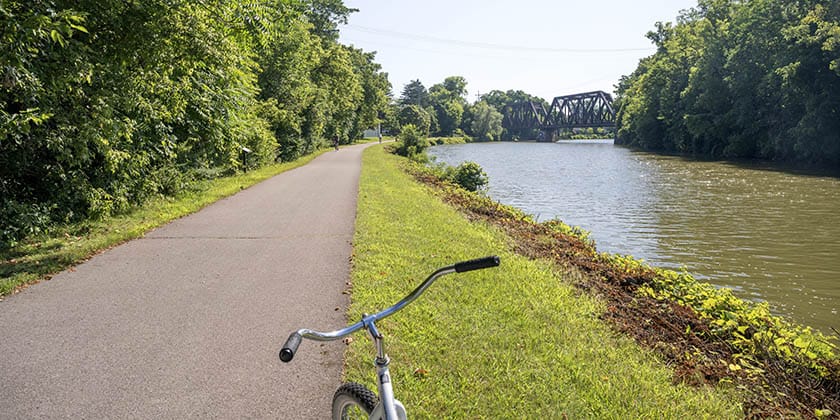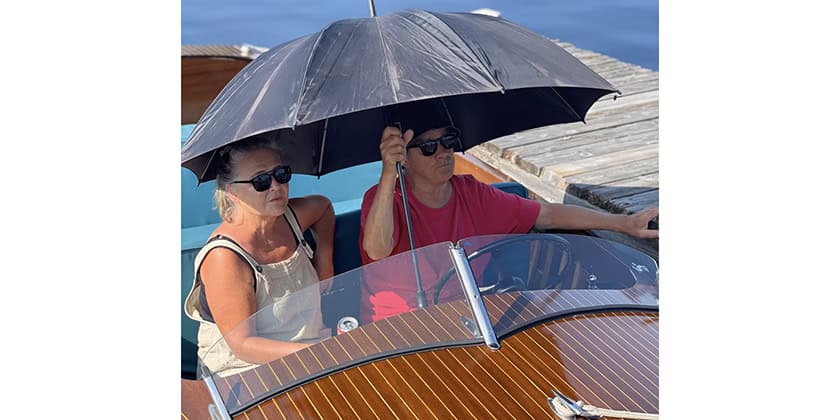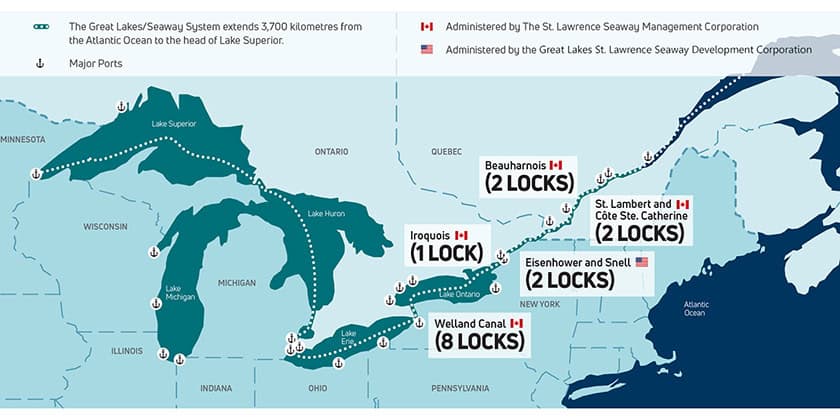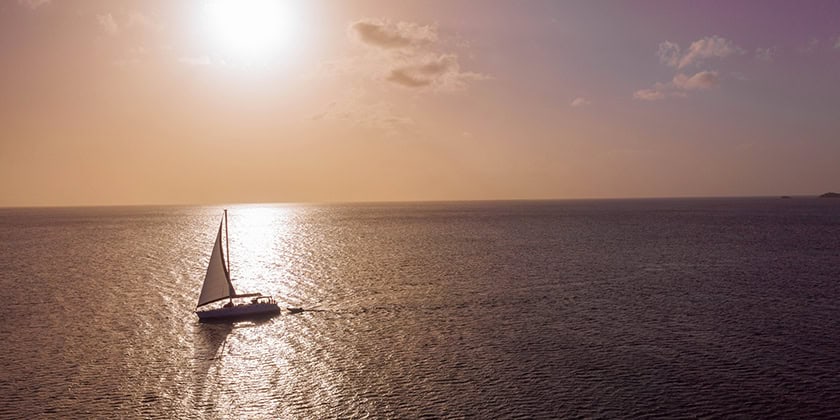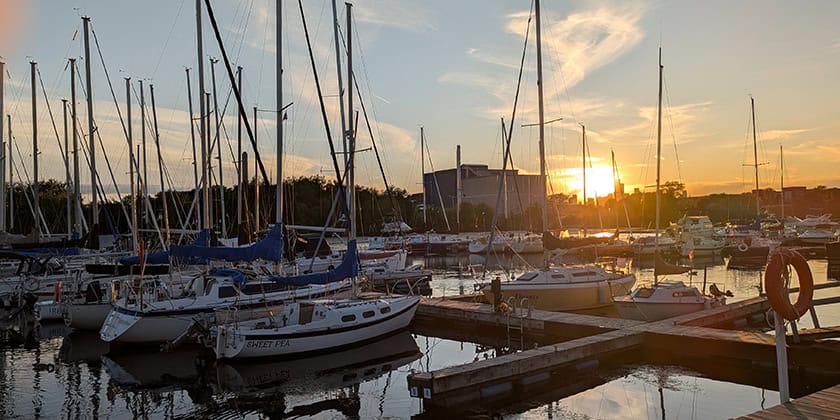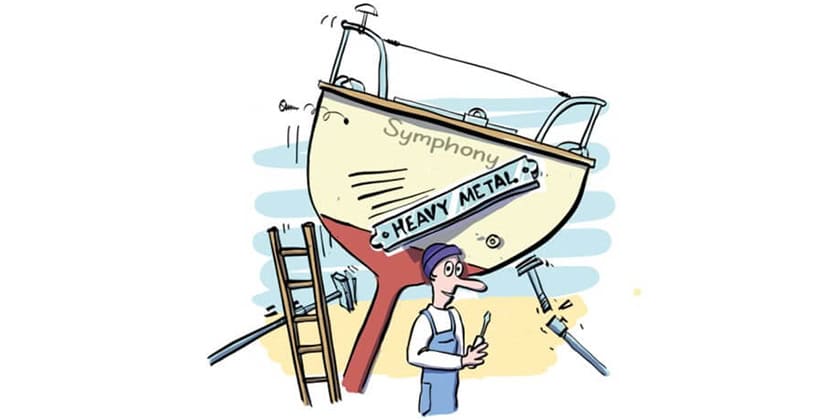Is Your VHF Antenna An Annual Replacement Item?
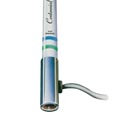
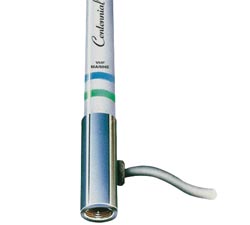 At least one marine electronics dealer we interviewed said your VHF antenna was an item that should be replaced annually. Ken Harrison at Summerhill.ca on the other hand, said that a good antenna should last 5 to 8 years (depending on whether or not it was used as a grab handle)!
At least one marine electronics dealer we interviewed said your VHF antenna was an item that should be replaced annually. Ken Harrison at Summerhill.ca on the other hand, said that a good antenna should last 5 to 8 years (depending on whether or not it was used as a grab handle)!
One manufacturer told us that 80% of all VHF problems are antenna related. Everyone agreed that the antenna and cabling was the greatest factor limiting the performance of your VHF radio. Alan Stovell at Western Marine Distributors and Transat made the sage comment that, “…the antenna was the ‘low price football’ in many VHF radio deals.”
This is not hard to understand. Buyers search out and are “sold” by the radio’s features and quality. The antenna is a low interest item and the cable gets barely a second thought from many boaters. They are just necessary pieces in the deal. And hey! What can possibly go wrong with an antenna?
Well, it turns out that there are several potential points of failure. The wiring inside the actual antenna can be damaged or broken and that limits or ends the signal. The internal connections are relatively delicate and pounding over waves, whacking an overhead obstruction, banging on the gunwhale during trailering and, of course, when someone uses it as a grab bar, all can cause failure. So can water or moisture intrusion, especially in salt water.
Buying a better bracket is an excellent investment in preventing your antenna from vibration fatigue. One distributor told us that yellow plastic has no ultraviolet inhibitors so it will become brittle overtime. Stainless steel will stand up the best for brackets. Using the shortest cable can enhance performance but it takes an expert installer to shorten a cable and add a connector with “factory” precision.
Antennas generally all look the same but reliability and long-life directly traces back to the quality of construction. Features like strong mechanical joints and having the radiator and electrical elements encased in a fiberglass rod all improve quality. The element inside the antenna is always slowly corroding, so you're losing performance at all times.
Silver-plated elements and gold-plated connections ward off corrosion. Antennas with foam filling greatly reduce or eliminate vibration that causes fatigue and wire damage or moisture intrusion. Top quality antennas are sometimes finished in an epoxy for maximum UV resistance.
Height is the most important factor in getting the greatest range, so choose an antenna that can be placed as high as possible. Antennas on sailboats can be a 3-foot to 5-foot antenna mounted on the masthead. Powerboats 16 to 25 feet in length generally use a standard 8-foot antenna while larger vessels can support larger antennas that can offer greater “gain”.
Gain is a rating stated in decibels [dB]. Generally, the higher the gain, the greater the communicating range. However, the higher the gain, the more compressed the beam width becomes. A 3 dB pattern is sort of round shaped and easy to receive while the 6 dB and 9 dB antennas have successively narrower patterns that travel further but can cause fading in rolling seas. Small boats, which will roll excessively in heavy seas, normally do not use a gain rating above 6 dB. Consult your dealer for the best option.
The same advice goes for cable. Better cable lasts longer and suffers lower losses while often being more UV stable. Low-end friction-fit connectors can work loose. Look for more durable solder-fit connectors. One expert advised us that regular boat maintenance means check and replace your VHF cable every three years.
By spending only a few dollars more you get a far better antenna. By spending only 25 to 30% more than the cheapest antennas [which are as little as $50 anyway] you get a dramatically better product.
Since many factors influence the selection of a proper antenna, we encourage consultation with your dealer.




